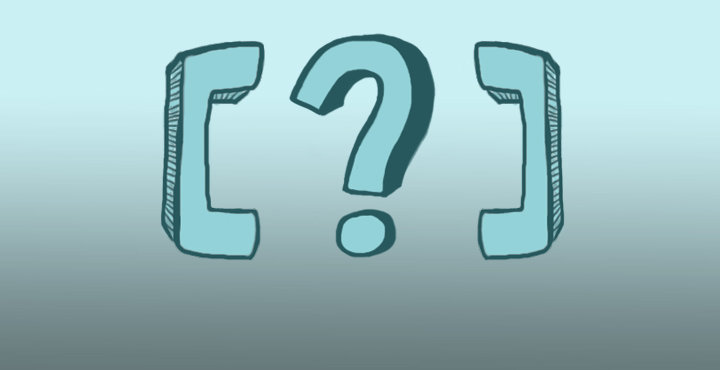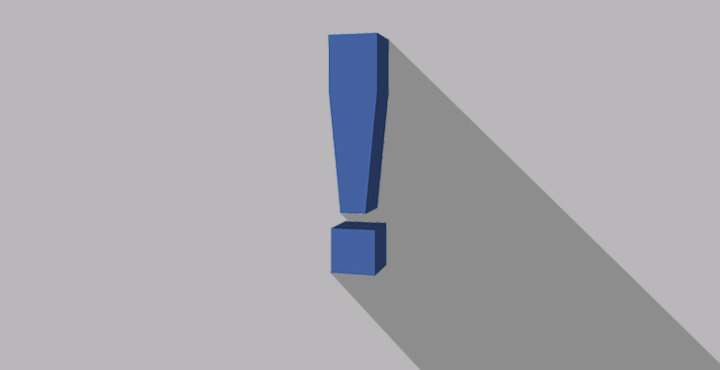Everything you've ever wanted to know about dashes
If you're confused about the various types of dashes and when to use them, you're not alone. Figuring out whether to use an en dash, em dash, 2 em dashes, or even (gasp!) 3 em dashes can be confusing. Let's take a look at the different types of dashes and when to use these little punctuation marks.
En dash
In ranges
The en dash (–) gets its name because it's the same width as the letter N. It is generally used in place of "to" for connecting numbers in ranges, although it can also connect words (in which case, it means "through"). For example,
- David Foster Wallace (1962–2008)
- May–October
- 25–45°C
- The Packers won 21–14.
Note that an en dash should not be used for negative numbers, and that there should be no spaces before or after it. It should also not be used when the number or word is preceded by from or between (from…to, or between…and). So, the following sentences are correct:
- The temperature is 32–45°F.
- The park is open May–October.
- The temperature is between 32 and 45°F.
- The park is open from May to October.
However, these uses are incorrect:
- The temperature is between 32–45°F.
- The park is open from May–October.
Instead of a hyphen
The en dash can be used when joining compound modifiers where at least one of the words is an open compound (meaning not hyphenated) or is already hyphenated. For example,
- New York–Tel Aviv connection
- Mother-of-the-bride–approved dresses
- Post–October Revolution politics
Creating an en dash
Creating an en dash can be done by either:
- [ctrl] and the minus sign on the numpad or
- [alt] 0150 (on the numpad)
Em dash
The em dash (— or -- [on an old-fashioned typewriter]) is the most commonly used type of dash and is often simply referred to as a dash. It gets its name—no big surprise here—because it's the width of an M. This punctuation mark is used primarily in informal writing in place of a comma, colon, semicolon, or parentheses to provide emphasis.
Set off parenthetical elements/explain
When I was driving—well, asleep at the wheel—I got into an accident.
The em dash in this example could be substituted with parentheses, but not a comma because commas cannot be used to set off parenthetical expressions when there is internal punctuation (commas inside the expressions), as can be seen in the following example.
When I was driving, well, asleep at the wheel, we got into an accident.
Sudden turn in thought/break in dialogue
"Mary, How could—Why would you do such a thing?"
"Can I finish my—," the child pleaded.
"No! Get over here right now," his mother shouted.
Unknown values in a table
An em dash can be used in place of an unknown value in a table.
|
Time (h) |
Volume (mL) |
|
24 |
12 |
|
48 |
8 |
|
72 |
— |
Creating an em dash
Creating an em dash can be done by either:
- [ctrl] [alt] and the minus sign on the numbers pad or
- [alt] 0151 (on the numpad)
2 em dash
The 2 em dash can be used to indicate missing letters in a word, either because material is missing or illegible, or to conceal a name. For example,
Mr. H—— and Mr. S—— entered into a legal agreement.
3 em dashes
These are used in bibliographies when the author's name is repeated.
———. Adventures in Fancy. New York: Labadie & Sons. 2010.
Overall, dashes—especially en and em dashes—are useful tools writers should master.
Image source: Francesco Gallarottie/Stocksnap.io









